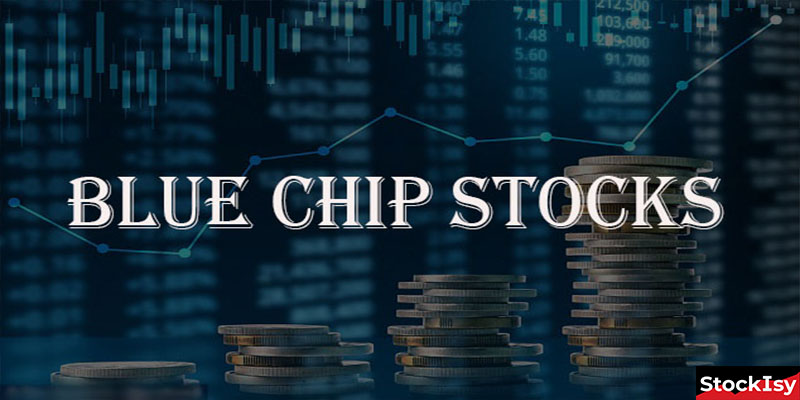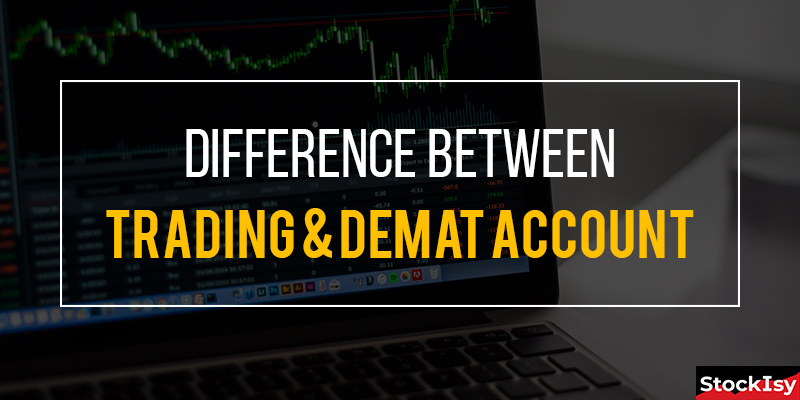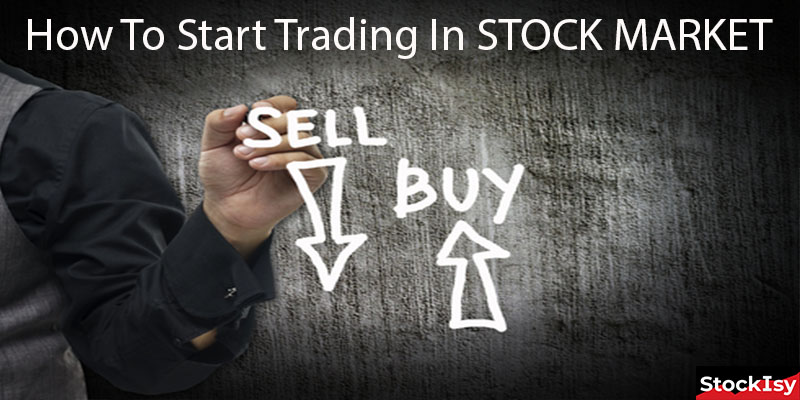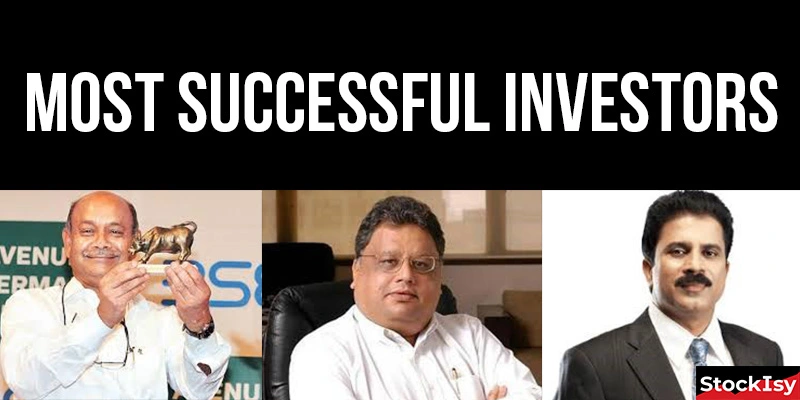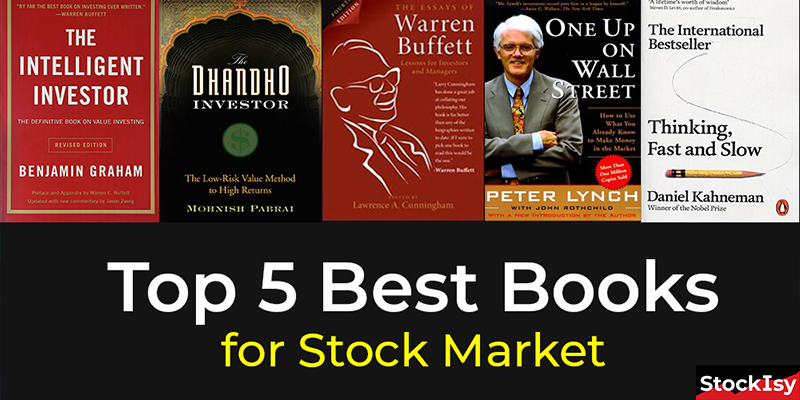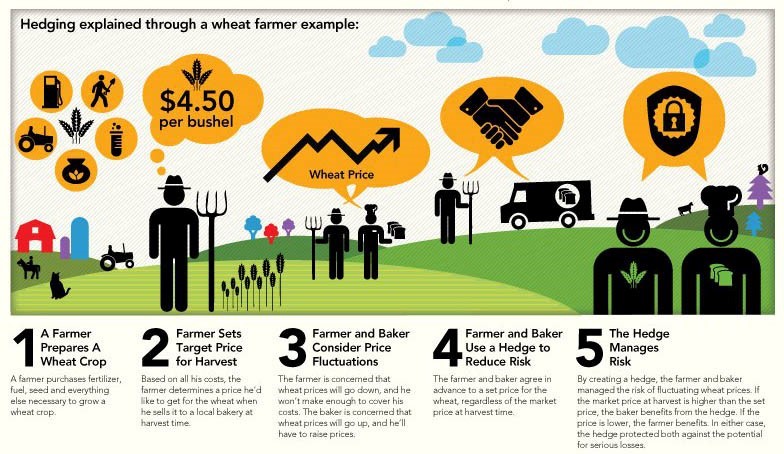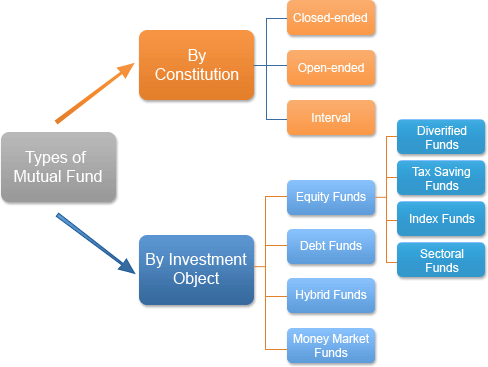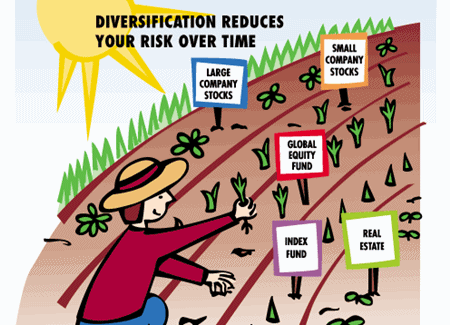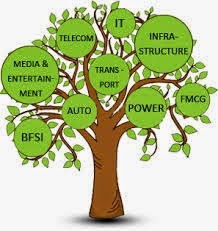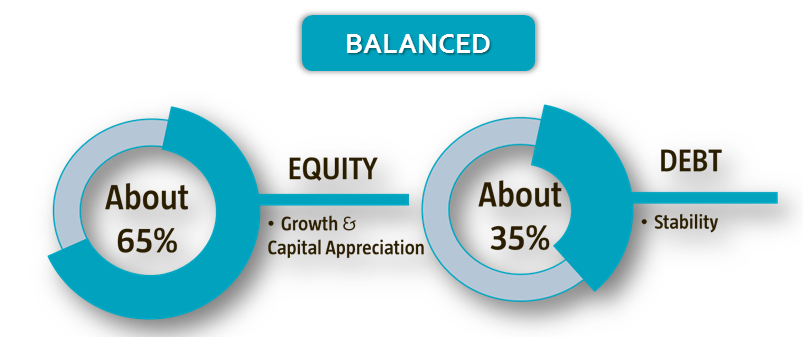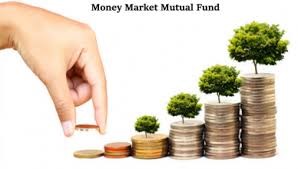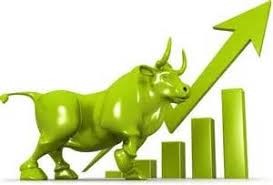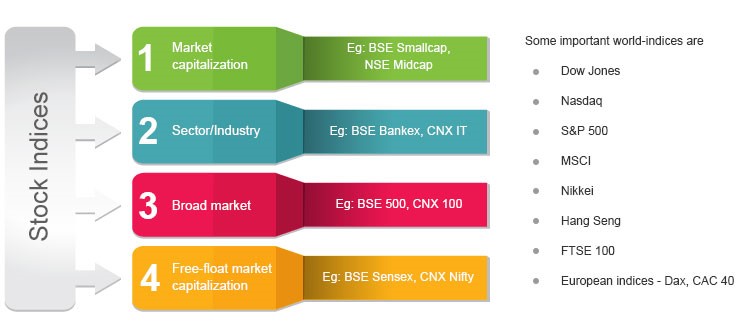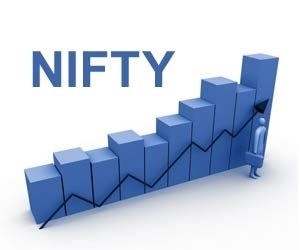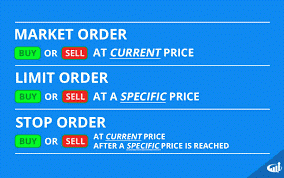Definition Of Blue Chip Stocks
“Blue – Chip companies are by definition the companies that have MADE IT BIG. Blue chip stocks are shares of very large and well-recognized companies with a long history of sound financial performance. These stocks are known to have capabilities to endure tough market conditions and give high returns in good market conditions. Blue chip stocks generally cost high, as they have good reputation and are often market leaders in their respective industries.”
WHAT ARE BLUE CHIP STOCKS?
The term Blue Chip stock was coined in 1923 by a Dow Jones employee, Oliver Gingold , referring to some high priced shares of $200 above, at a brokerage firm.
Blue chip Stocks are companies that are often worth billions of dollars, pay dividends & have a long history of reliable operations. This comes from the game of POKER where the blue chip carries the highest value.
It is a stocks of companies which are leading in its sector and are famous at the national level having a record of giving continuous dividend payments and other strong investment qualities. Usually have a great reputation for QM (Quality management), product & services. Generally, blue chip stocks are the safest stocks to invest in.
This stock is usually the market leader or come in the top three companies in its sector and are very well known and also have the market capitalization in billions. Ben Graham in his book The Intelligent Investor has written that an investor should look for a company which has been giving its investors dividends for twenty years or more. This thought gives us an idea of how a such stocks should be.
Blue-chip stocks are synonymous with fewer debts, consistent dividends/returns and goodwill of the company. Such stocks are not only safe but also help investors in mitigating risks. Blue chip stocks have experienced a number of bear phrase, a market downturn, financial troubles, etc., but since they are survived, they are still going strong. When the market corrects blue chip, stocks remain stable. This stability in share price is the biggest benefit of blue chips. If in any situation their price falls, this fall is slower and recovers again soon.
FEATURES OF BLUE CHIP SOCKS:
Large Market Capitalization –
Since blue chip stocks are the leaders in their respective sectors they have a market cap of Rs. 20k Crores.
Risk and returns
Blue Chip Stocks are considered safe investment options as they can endure economic downturns and are not highly volatile. They also present a slow but moderate growth potential. These are typically dividend paying stocks where the payment is made quarterly. It is advisable to diversify your portfolio when investing in individual stocks, to avoid company risk.
Dividend Payments
A solid trend which shows that the company pays dividends to its shareholders in a timely and consistent basis is a great morale booster for a stock owner simply because it acts as a cherry on the cake. It is income over and above your capital appreciation so, for example, a 20% dividend would mean an extra 20% income over and above your investment appreciation in a particular blue-chip company.
Remarkable Performance Even in the Economic Downturns:
When we talk about blue chip stocks, it can be recognized as one of those stocks which perform well even when there is a downfall in the market or economy.
The diversification
Blue chip companies tend to be large corporates with an international portfolio that spans several sectors. For instance, BP is ostensibly an oil and gas company, but it also owns its own petrol stations, a string of convenience stores in the US, as well as the Wild Bean Coffee Company in the UK. This gives the firm some exposure to the retail and consumer markets, in addition to the commodities sector.
ADVANTAGES OF BLUE CHIP STOCKS:
The tax—free benefits
Every blue chip stock is eligible for inclusion within a stocks and shares ISA, which means that all of your returns are protected from taxation. Blue chips can also be held within a lifetime ISA or a self—invested personal pension (SIPP), meaning that you can keep blue chip stocks in your pension portfolio without paying any tax on the interest that you accrue.
Price stability:
Price stability of blue chip stocks in falling market is one of its biggest advantages. It does not mean that price of blue chip stocks does not fall when index is falling. Its price will also fall, but the fall will be slower and recovery will be faster.
Long-Term Returns:
These stocks provide stable returns in the long run.
Regular Dividends:
These stocks are known for providing routine returns in the form of dividends to their shareholders as a result of their efficient dividend policy.
DISADVANTAGES OF BLUE SHIP STOCKS:
This is a wrong assumption. No company can continue to enjoy its prime position forever.Some known examples are: Reliance Communication, DLF, Kodak, Nokia, Lehman Brothers, etc.
High Downside Risk:
There is a considerable market risk associated with the blue chip companies too. The reason being, some of these organizations fail to keep up with the competition, leading to the downfall of their stock prices.
Older Companies
As a younger investor, you have a significant advantage over older stock buyers. You very likely have an understanding and knowledge of the hot new products in sectors like technology and retail. These products are often sold by newer, hipper companies that will not be on anybody’s blue chip stock list. Any money invested in an older, boring, established blue chip company is money you do not have to purchase stocks of companies that are on the cutting edge of what is happening in the economy.
Slower Growth:
In most cases this is true. As Blue chip companies are all matured, large companies, hence their future growth is not as fast. If we will compare potential returns of a good “growth stocks” verses a blue chip stock, the latter cannot win. Hence, it is essential to estimate ones investment goal accurately. If objective is faster capital appreciation in long term, growth stocks are better.
